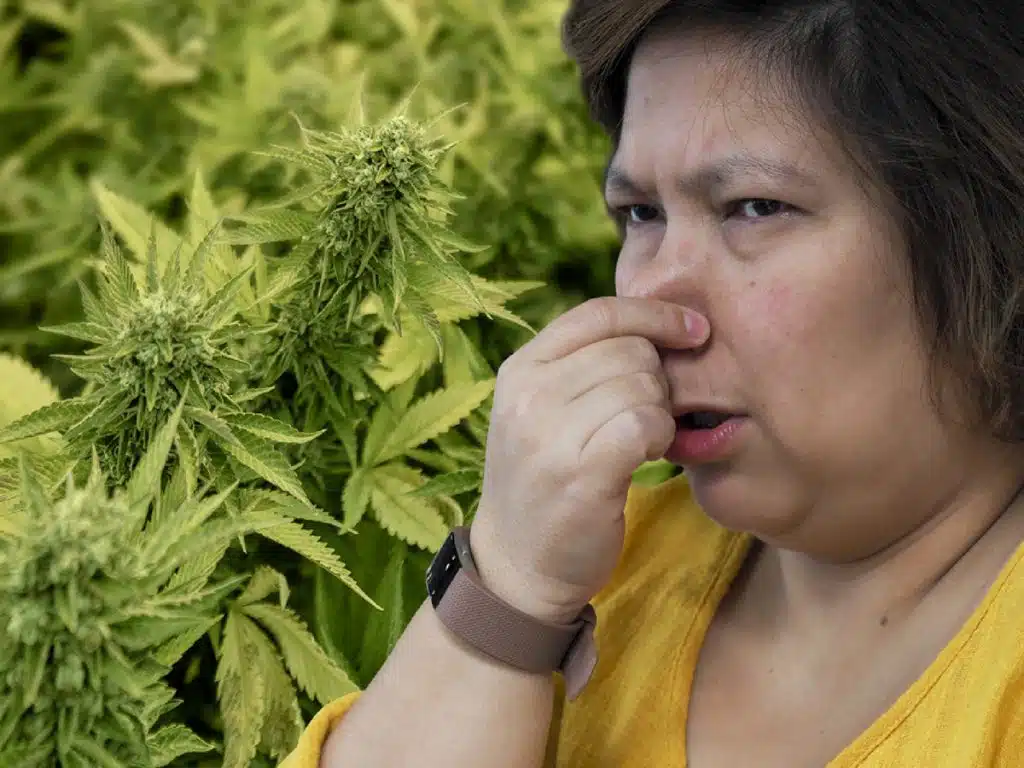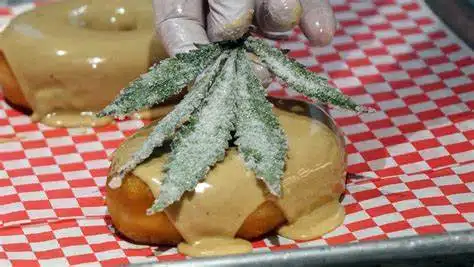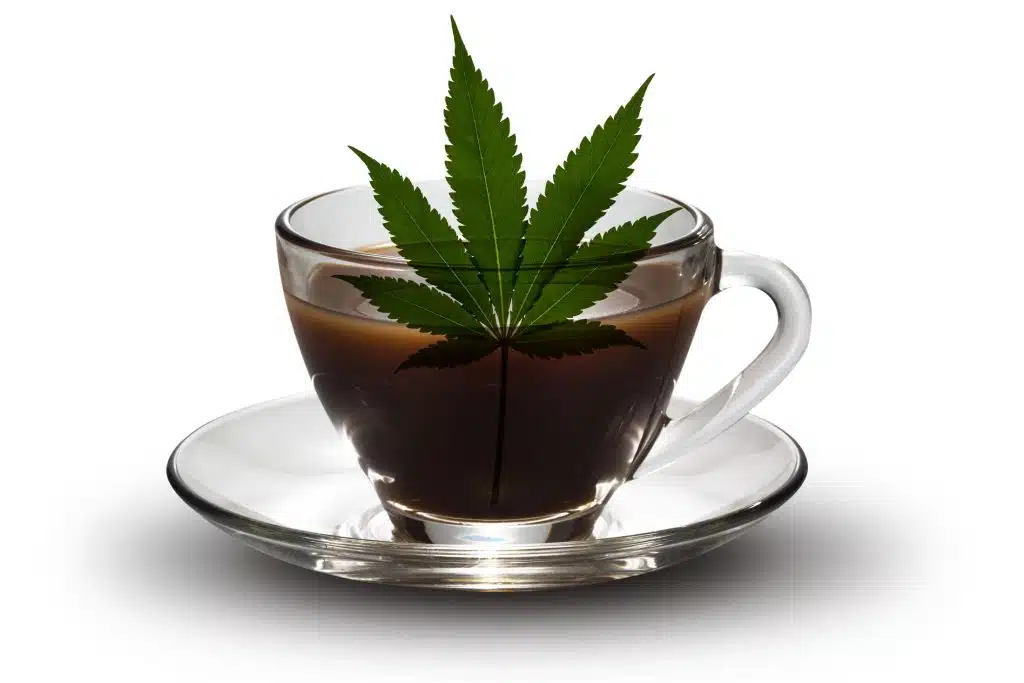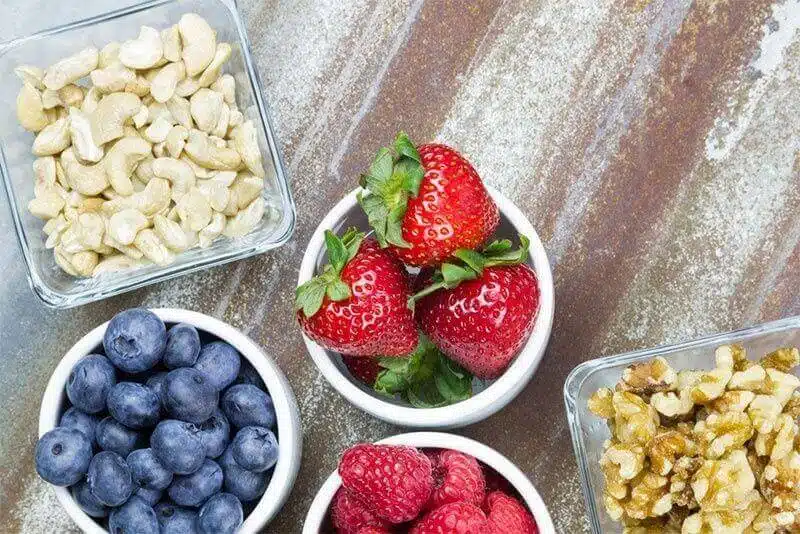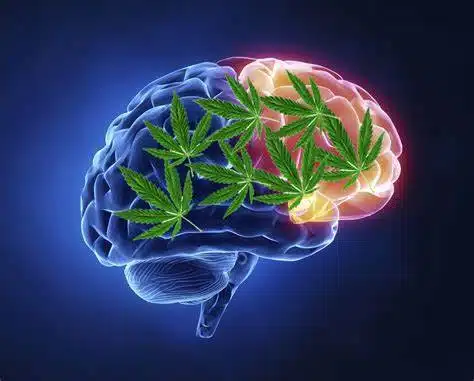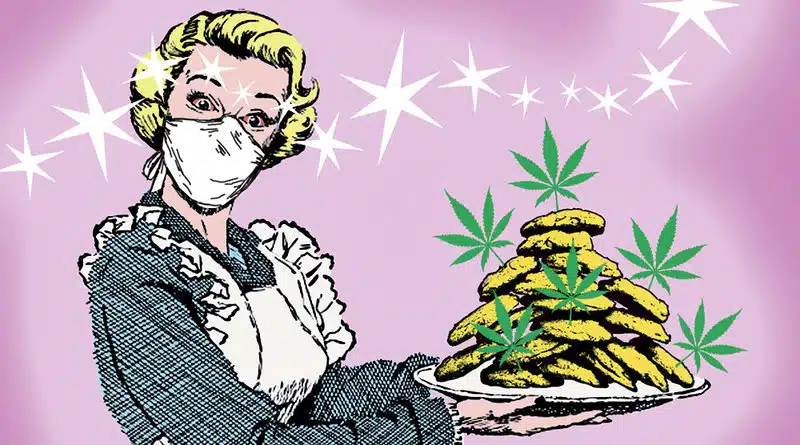How Mold And Mildew Affects Weed

How Mold And Mildew Affects Weed
Cannabis cultivation requires careful attention to various factors, including lighting, nutrients, and temperature. However, one often overlooked aspect is the impact of mold and mildew on cannabis plants. Mold and mildew are fungal infections that can have detrimental effects on the growth, yield, and quality of cannabis. In this article, we will explore the causes, effects, and prevention measures for mold and mildew in cannabis cultivation.
Understanding Mold and Mildew
Mold and mildew are types of fungi that thrive in moist and humid environments. They reproduce by releasing spores, which can easily spread and contaminate nearby plants. In the case of cannabis, mold and mildew can cause significant damage to the plants, affecting their growth, potency, and overall quality.
Causes of Mold and Mildew in Cannabis
Several factors contribute to the development of mold and mildew in cannabis plants. Understanding these causes is crucial for implementing effective prevention measures. Here are some common causes:
-
High Humidity: Excessive humidity levels create a favorable environment for mold and mildew growth. When the air is too humid, moisture accumulates on the leaves and buds, providing an ideal breeding ground for fungal infections.
-
Poor Air Circulation: Insufficient airflow within the growing space prevents the evaporation of moisture and creates stagnant conditions. This lack of ventilation promotes the growth of mold and mildew.
-
Watering Practices: Overwatering or improper drainage can lead to waterlogged soil, which encourages the growth of mold and mildew. It is essential to maintain a proper watering schedule and ensure adequate drainage to prevent excess moisture.
-
Contaminated Equipment: Using contaminated tools, pots, or growing mediums can introduce mold spores to the cannabis plants. It is crucial to maintain cleanliness and regularly sanitize equipment to minimize the risk of contamination.
Effects of Mold and Mildew on Cannabis
The presence of mold and mildew can have several negative effects on cannabis plants, ultimately impacting the yield and quality of the final product. Here are some notable effects:
-
Decreased Yield: Mold and mildew can significantly reduce the overall yield of cannabis plants. Infected buds and leaves become damaged and may even rot, leading to a decrease in the quantity of usable cannabis that can be harvested.
-
Loss of Potency: Mold and mildew can alter the chemical composition of cannabis plants, resulting in a decrease in the levels of THC and other cannabinoids. This can diminish the desired psychoactive effects sought by consumers, affecting both recreational and medicinal users.
-
Contamination of Edibles and Concentrates: Mold and mildew can contaminate cannabis-infused edibles and concentrates, posing health risks to consumers. It is crucial to ensure that the cannabis used in the production of these products is free from any fungal infections.
Prevention and Control Measures
Preventing mold and mildew in cannabis cultivation requires proactive measures and careful attention to environmental conditions. Here are some strategies to minimize the risk of fungal infections:
-
Proper Ventilation: Ensure that your growing space has adequate airflow to prevent the buildup of moisture, which can create a favorable environment for mold and mildew. Use fans or ventilation systems to maintain proper air circulation.
-
Humidity Control: Monitor and maintain optimal humidity levels in your grow room. Generally, a humidity range of 40-60% is recommended during the vegetative stage, while a lower range of 30-50% is ideal during the flowering stage. Use dehumidifiers or humidifiers as needed.
-
Temperature Regulation: Keep the temperature within the recommended range for cannabis cultivation. High temperatures combined with high humidity can create a breeding ground for mold and mildew. Maintain a suitable temperature range for the specific stage of growth.
-
Regular Inspections: Regularly inspect your plants for any signs of mold or mildew. Pay close attention to the undersides of leaves, buds, and areas with poor airflow. Early detection allows for prompt action and prevents the spread of fungal infections.
-
Proper Sanitation: Maintain a clean and hygienic growing environment. Remove any dead or decaying plant material promptly, as they can attract mold and mildew. Clean and sanitize equipment, pots, and growing mediums regularly to minimize the risk of contamination.
Decreased Yield
One of the primary ways in which mold and mildew affect cannabis is by reducing the overall yield of the plants. When infected with mold or mildew, the affected buds and leaves become damaged and may even rot. This leads to a decrease in the quantity of usable cannabis that can be harvested. For cultivators, this can be a major setback as it directly impacts their profits and the amount of product they can offer to consumers.
Loss of Potency
In addition to reducing the yield, mold and mildew can also have a negative impact on the potency of the cannabis. The presence of these fungal infections can alter the chemical composition of the plants, leading to a decrease in the levels of THC and other cannabinoids. This means that the final product may not have the desired psychoactive effects that consumers seek. For those using cannabis for medicinal purposes, this can be particularly problematic as they rely on specific cannabinoid profiles for their treatment.
Contamination of Edibles and Concentrates
Mold and mildew not only affect the buds and leaves of cannabis plants but can also contaminate edibles and concentrates made from infected material. When cannabis is used to create edibles or concentrates, any mold or mildew present in the plant material can be transferred to the final product. Consuming these contaminated products can pose serious health risks, especially for individuals with compromised immune systems. Therefore, it is crucial to ensure that the cannabis used for edibles and concentrates is free from any fungal infections.
Conclusion
Mold and mildew can have severe consequences for cannabis cultivators, affecting both the yield and potency of the plants. By understanding the causes and implementing preventive measures, growers can minimize the risk of fungal infections and ensure a successful harvest. Remember, maintaining a clean and well-ventilated growing environment is key to keeping mold and mildew at bay. If you are interested in buying weed online and THC products, check out Ganja West online weed dispensary and shop for your weed online and cannabis products at ganjawest.co!


